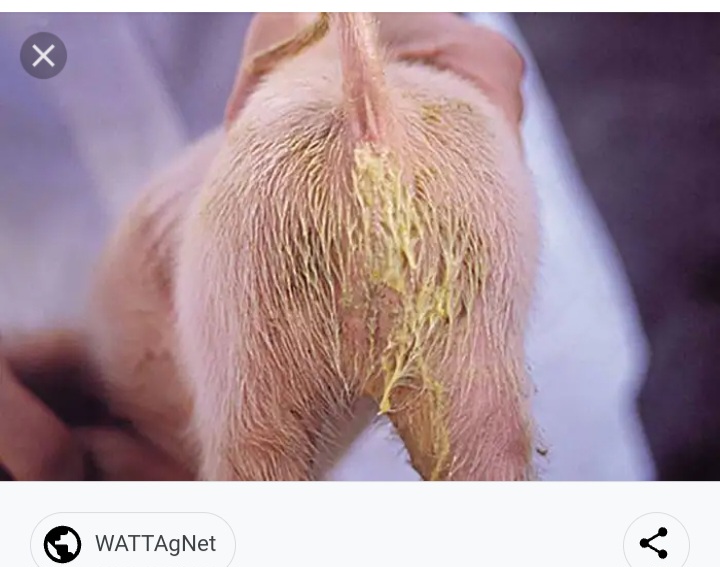
As upcoming pig producers, the health of your animals plays a key role in the success of your farm. There are numerous viral diseases. However, today’s article focuses on some of the most common viral infections that you may encounter on your farm. Immediately alert your veterinarian when you suspect any of the underlisted diseases on your farm.
- African swine fever: a viral disease of the Asfaviridae family. Disease can cause 100% mortality in a herd.
- Classical swine fever: This viral disease affects pigs of all ages and has similar signs to African Swine fever.
- Vesicular stomatitis: The disease is transmitted usually via insects such as mosquitoes, sand flies and black flies. It is a zoonotic disease.
- Aujeszky’s disease: It is a nervous disease of pigs. High mortalities can be recorded in piglets.
- Foot-and-mouth disease: Signs include lameness as well as blisters on the snout, feet, and tongue.
- The Nipah virus: It affects the respiratory and central nervous system of pigs. The condition is known as “Barking Pig Syndrome” or Porcine Respiratory Encephalitic Syndrome (PRES). It is a zoonotic disease
- The Porcine Reproductive and Respiratory Syndrome (PRRS): It is caused by an RNA virus of the Arteriviridae family. Signs include respiratory distress, stillbirths, and late term abortions.
- Swine pox: It belongs to the Poxviridae family. It is characterised by vesicular lesions on the flanks, ears, and abdomen.
- Porcine parvovirus infection: One of the major reproductive diseases in pigs. Signs include mummified foetuses, decreased litter size and stillbirth.
- The Swine vesicular disease: it is caused by an enterovirus belonging to the Picornaviridae family. The disease can easily be confused with foot and mouth disease and vesicular stomatitis.





